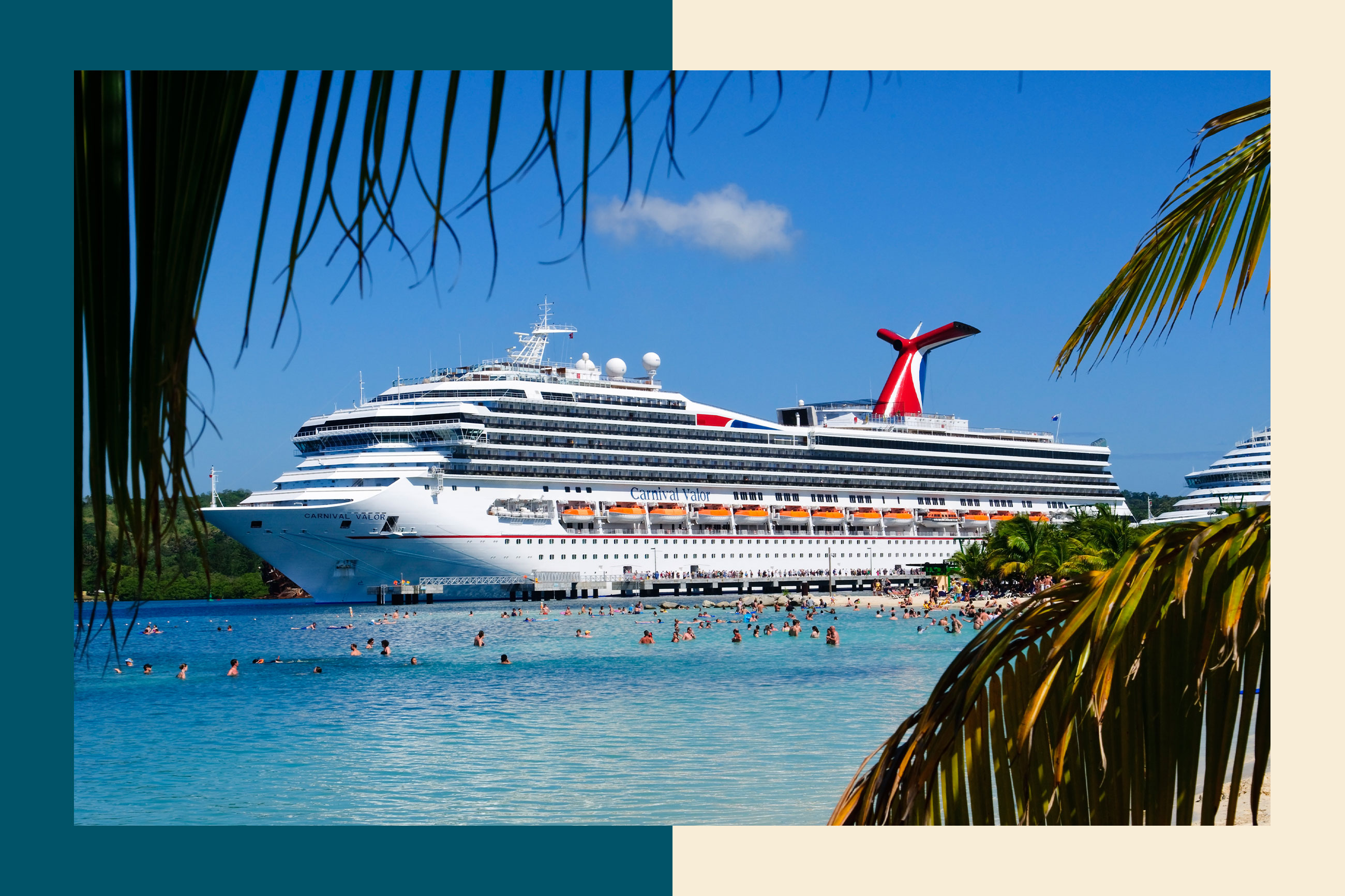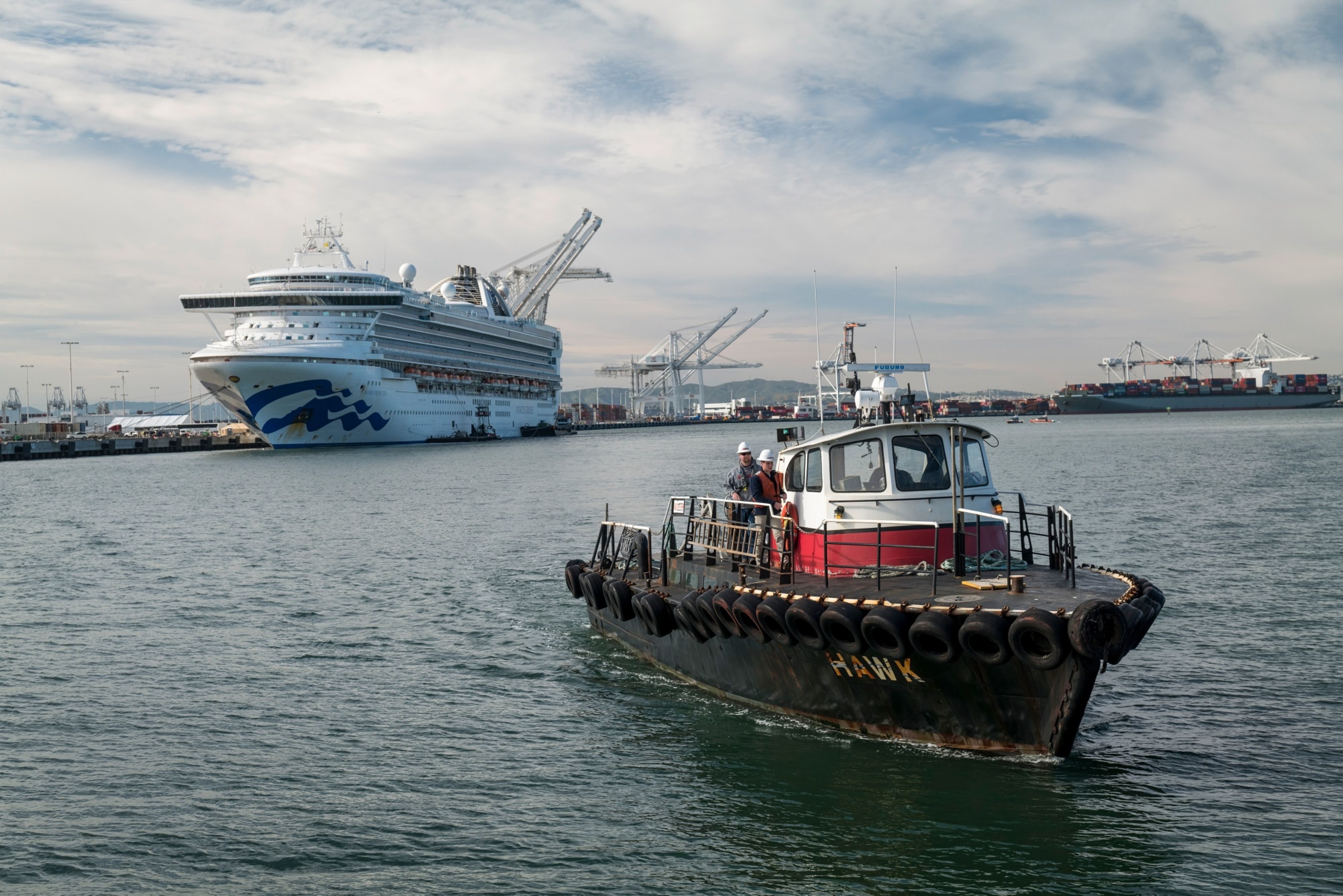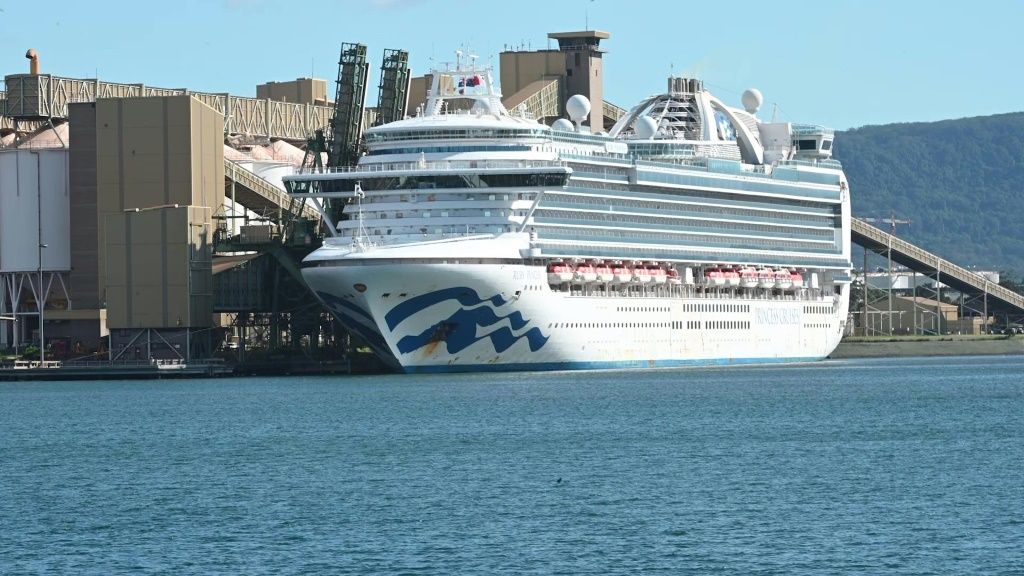Table Of Content
- Cruise Ship Norovirus Outbreaks
- What do cruise ships do to prevent norovirus outbreaks on board?
- How does norovirus spread?
- Carnival says most itineraries unchanged as CDC investigates rising number of Covid cases on cruises
- More Royal Caribbean
- COVID, Bird Flu, Monkeypox – A Virologist Explains the Surge of Virus Outbreaks Around the World

These symptoms usually appear between one to two days after contracting the virus but can appear as early as 12 hours after exposure. Cases typically last between 24 and 48 hours, though the illness may be more severe in young children and older adults, according to the Arizona Department of Health Services. Severe cases usually involve dehydration due to loss fluid—death is rarely ever a result. There are more than 21 million US cases reported annually, of which 1 mill related to kids. Outbreaks happen mostly during winter months and mainly in more crowded places with close quarters. Among those are schools, hospitals, nursing homes, dormitories, prisons, big resorts, bigger passenger ships (including cruise ferries).
Cruise Ship Norovirus Outbreaks
139 passengers, crew sickened during gastrointestinal illness outbreak on Queen Victoria cruise: CDC - ABC News
139 passengers, crew sickened during gastrointestinal illness outbreak on Queen Victoria cruise: CDC.
Posted: Thu, 01 Feb 2024 08:00:00 GMT [source]
The total number of infected was 2535 (of those 2450 passengers and 85 crew). In 2018, the number of reported illness outbreaks on cruise ships was 15. The total number of infected was 1177 (of those 1099 passengers and 78 crew). Most recently, a norovirus outbreak in June on the Viking Neptune sickened 110 passengers (over 13% of the ship's guests) and nine crew members with vomiting, diarrhea and abdominal cramps, according to the CDC. The CDC has tracked outbreaks of gastrointestinal illness on cruise ships through its Vessel Sanitation Program (VSP) since 1994.
What do cruise ships do to prevent norovirus outbreaks on board?
The simple answer is that cruise ships are required to report cases of acute gastroenteritis to the CDC, even when the numbers are low. In contrast, other entities — schools, nursing homes, hospitals and restaurants — are not. The CDC regularly inspects cruise ships and monitors the number of outbreaks. This year, norovirus also has been reported on cruises operated by Royal Caribbean International, Celebrity Cruises, Princess Cruises, Holland America and P&O Cruises. The worst year for norovirus was 2006, when 32 ships reported infections, according to the CDC. While cruise ships have strict sanitation practices, the resilience of norovirus complicates matters.

How does norovirus spread?
In 2019, the year before the coronavirus pandemic hit the industry, there were 10, following 11 in both 2018 and 2017. Norovirus outbreaks spiked on cruise ships this year, with data showing more outbreaks happened between January and June than over the course of any other full calendar year in the last decade. Thirteen norovirus outbreaks have been reported on cruises so far in 2023, according to the U.S.
Carnival says most itineraries unchanged as CDC investigates rising number of Covid cases on cruises
Still, taking certain steps to prevent the likelihood of getting sick is never a bad idea. "Repeated outbreaks on consecutive cruises may also result from infected crew or environmental contamination. This is because norovirus can persist on surfaces for days or weeks and is resistant to many common disinfectants." The virus spread rapidly through guests on the Celebrity Summit cruise ship of the company Celebrity Cruises during a voyage between May 15 and May 25. The CDC investigated and said in a statement that the predominant symptoms were diarrhea, vomiting, abdominal cramps and headache, while noting how well staff onboard took action as people became unwell.
More Royal Caribbean

The CDC says the most common symptoms of norovirus are diarrhea, vomiting, nausea, and stomach pain. In cases of severe emergencies, passengers with life-threatening illnesses or injuries are evacuated off the ship - either by boat (if in or near seaport) or by rescue helicopter dispatched from nearest coast guard or other station. There are no internationally specified regulations governing ship infirmaries and medical staffing. Each company has its own standards provided for its passengers' healthcare. If seasickness symptoms are accompanied by diarrhea or fever, passengers should immediately seek medical treatment for Norovirus and avoid spreading the illness to others. Some cruise lines offer hand-sanitizer dispensers near the ship's restaurants, Lido/pool deck areas and other more crowded public spaces in their effort to keep a lid on sickness outbreaks.
How to avoid Norovirus on cruise ships?
Galley crews and waiters receive extensive training on food safety and handling. People also are more likely to get sick now since pandemic restrictions have been lifted. For the past few years, people have not been exposed to as many common viruses and illnesses and now that exposure is rising, illnesses are bound to rise as well. The exact cause for the increase in the number of norovirus cases is not clear, but the increasing demand for cruises could be one explanation for the rise in reported cases, said Labus. The allure of the open sea, captivating itineraries, and the luxurious promise of a carefree escape have long made cruising a popular choice for vacationers. However, this industry’s lustrous appeal has recently been overshadowed by a surge in outbreaks of a particularly stubborn and contagious pathogen — Norovirus.
Norovirus is typically spread by ingesting small particles of fecal matter, eating contaminated food, touching contaminated objects or surfaces and then touching the mouth or eyes, or having direct contact with an infected person. An infected person is the most contagious when symptoms are present and within the first few days of feeling better. According to the Minnesota Department of Health, symptoms of norovirus infection include vomiting, nausea, diarrhea, stomach pain, muscle aches, low-grade fever and headache.
COVID, Bird Flu, Monkeypox – A Virologist Explains the Surge of Virus Outbreaks Around the World
What is norovirus and how do you treat it? What to know about the ‘cruise ship virus’ - Miami Herald
What is norovirus and how do you treat it? What to know about the ‘cruise ship virus’.
Posted: Thu, 13 Jul 2023 07:00:00 GMT [source]
It's important to wash your hands with soap and clean water frequently, but especially after using the bathroom or changing diapers, before eating and before touching your face. It only takes a small number of virus particles for norovirus to spread, which is why norovirus causes so many explosive outbreaks, Ko previously told TODAY.com. Norovirus can also get into food before, during or after preparation, and it's the top germ causing foodborne illness in the U.S., per the CDC. Virus particles can contaminate drinking water that isn't treated properly or pools when people poop in the water. Less commonly, norovirus may cause a headache, muscle aches, or a low-grade fever — symptoms usually develop within one to two days after exposure to the virus, per the CDC.
Cruise lines have had to invest heavily in cleaning and sanitation protocols, disease detection methods, and passenger education to combat the threat of norovirus. In many instances, outbreaks have led to public relations challenges, decreased passenger satisfaction, and financial losses due to trip cancellations and medical costs. The CDC's conditional cruise order also requires cruise operators to test passengers and personnel for Covid before embarking, ban any suspected Covid patients from boarding and isolate those infected away from other travelers and staff. Cruise ships must also allow for proper social distancing during dining and entertainment and comply with all federal hygiene standards for masking and sanitation.
Regardless, because of the media attention reports of the virus on cruise ships attract, Royal Caribbean Group took action to mitigate cases. Shipboard hospitals as facilities and equipment vary by cruise line and vessel. Clinic's size usually depends on the ship's capacity (passengers plus crew). Generally, bigger and newer ships offer larger and better-equipped medical facilities and are served by bigger infirmary staff. So it comes as no surprise that when CDC reports an illness outbreak on some vessel, big media sources do not immediately (or ever) respond to the news. You may hear about it on your local radio station, or on your local cable operator, but not necessarily on ABC, CNN, and often not even on Yahoo and MSN news online.
The CDC's tally of norovirus outbreaks so far confirmed on cruise ships in 2023 is already higher than any annual outbreak tallies since 2012, when the health agency recorded 16 outbreaks. In May, two outbreaks were reported on voyages led by Celebrity Cruises and Holland America. In March, Celebrity Cruises reported two norovirus outbreaks, as did Royal Caribbean International and Princess Cruises.
A total of 130 crew had gotten sick on those voyages and didn't report their illness in the required time period. After a lull during the COVID-19 pandemic, cases of the highly contagious virus that causes diarrhea and vomiting, aka stomach flu, spiked this winter and spring on land. As post-pandemic travel surges and millions of Americans return to cruise ships, an increasing number of cruise lines are reporting outbreaks at sea.
The most severe outbreaks were reported in Brazil, with an alarming surge in newborns with microcephaly. If the mother is infected, the virus may cause microcephaly in newborns. This is a neurodevelopmental disorder - babies are born with an underdeveloped head.
VSP (abbrev "Vessel Sanitation Program") monitors CDC's observations on illness patterns for GI (gastrointestinal) outbreaks on passenger shipping vessels (ferries and cruise ships). Norovirus on ships is spread through contaminated water, foods and surfaces (public restrooms, railings, doorknobs, handles, board games-cards-puzzles-toys, etc). Norovirus withstands chlorine, prolonged exposure outside the body, as well as temperature extremes. Like a virus, Norwalk can't be effectively treated with antibiotics, making it extremely difficult to eliminate in closed environments - like cruise vessels. ▪ Norovirus spreads easily and can make anyone ill, with symptoms usually lasting one to three days. The virus most often spreads in closed and crowded environments, such as hospitals, nursing homes, child care centers, school and cruise ships, according to the Mayo Clinic.


